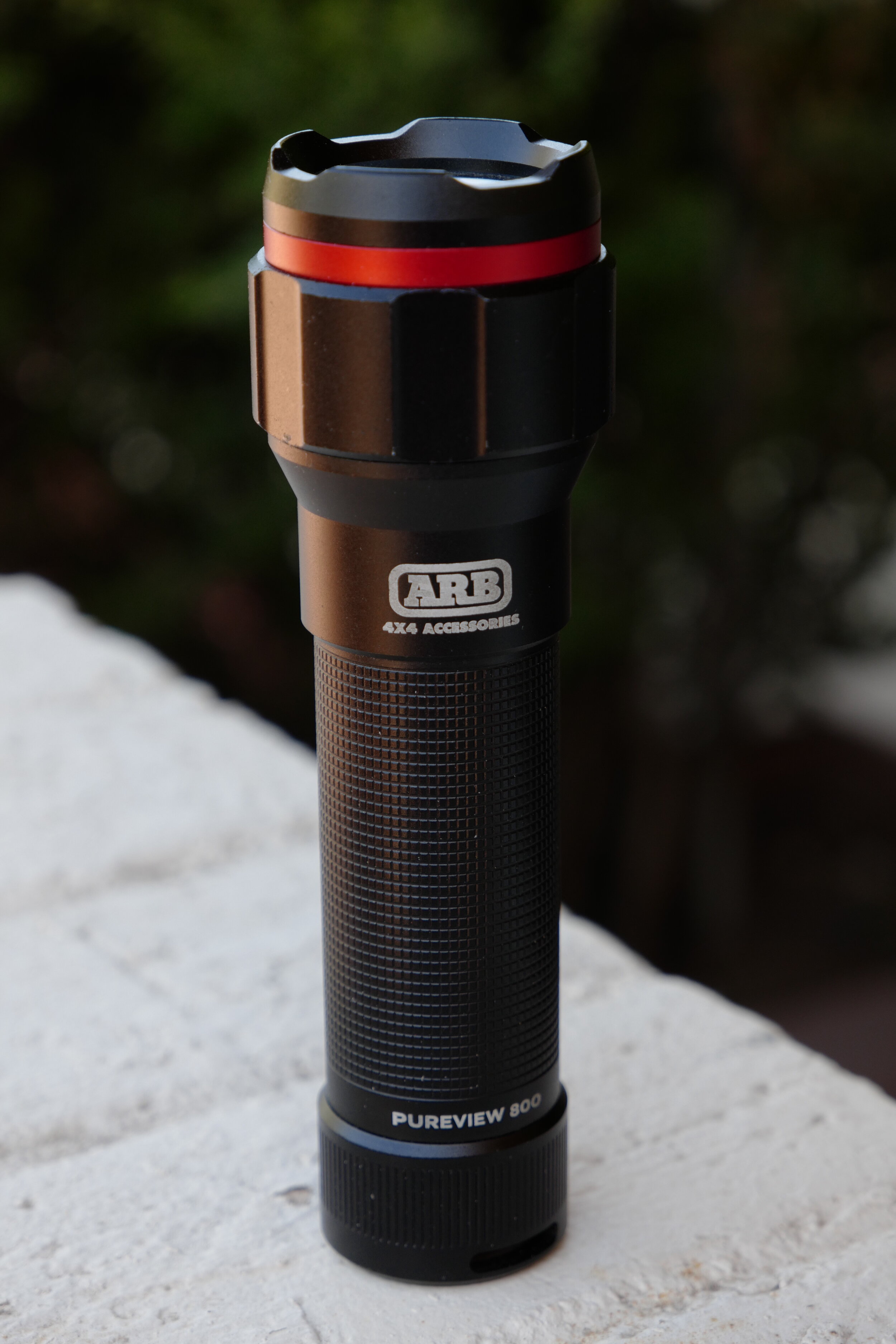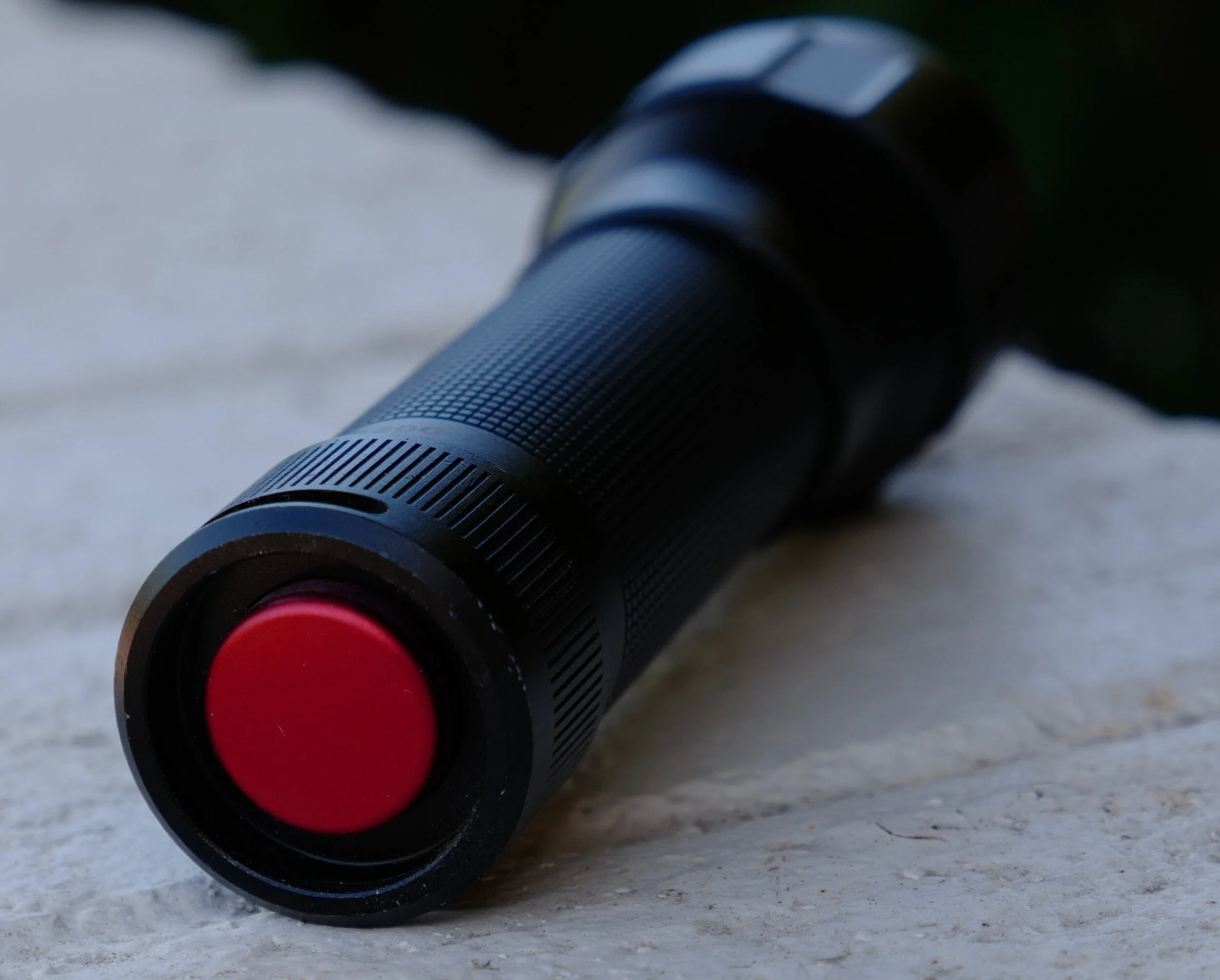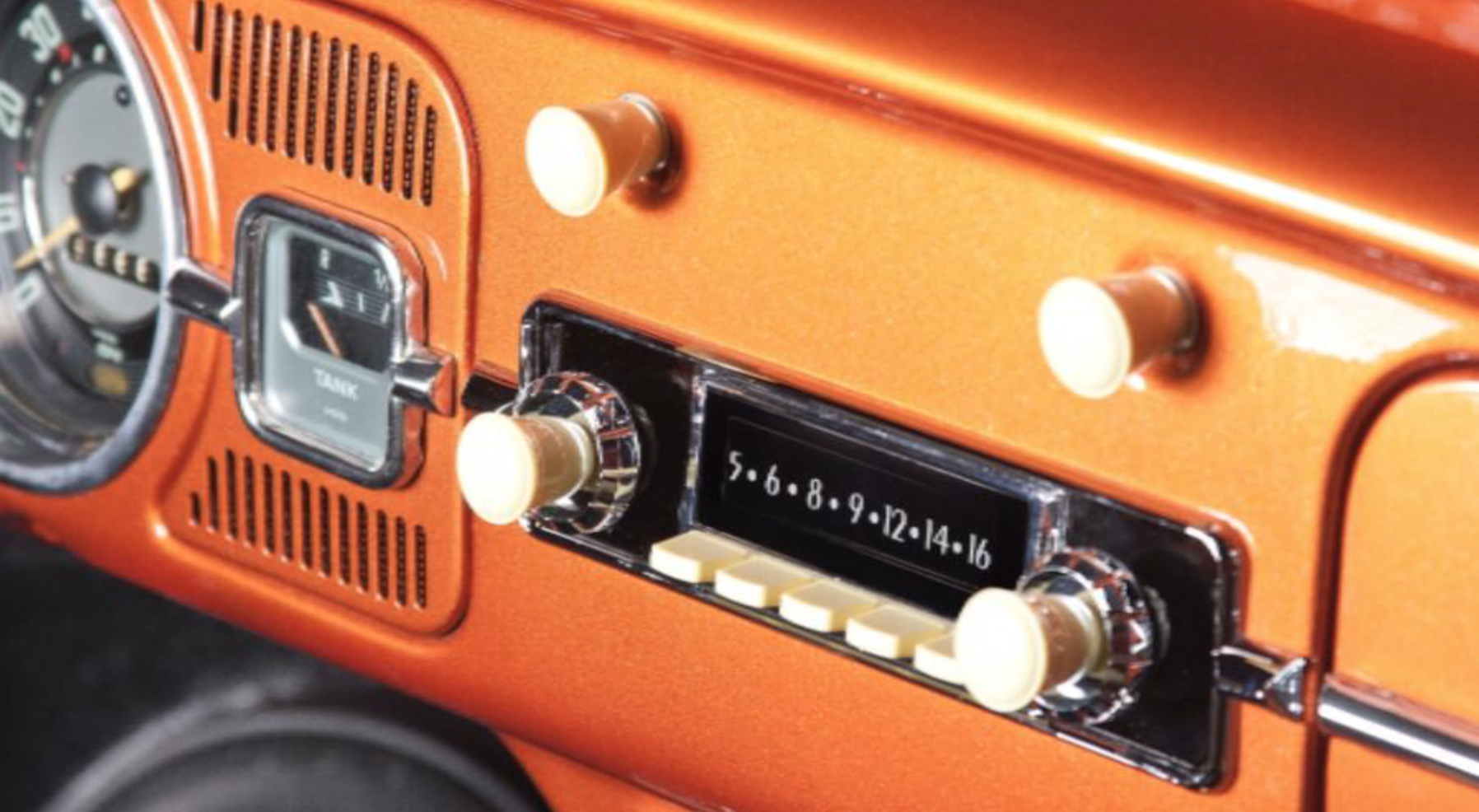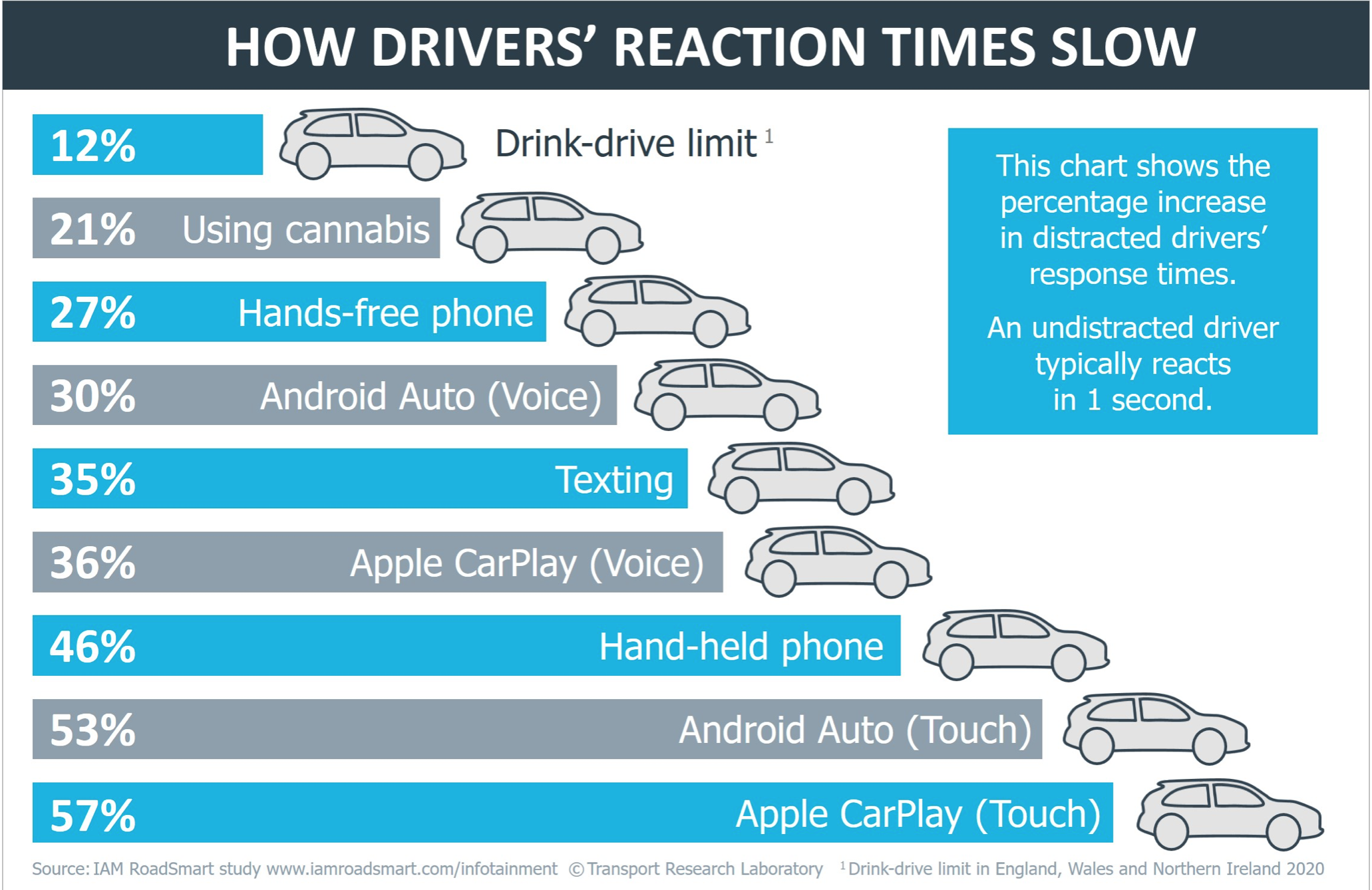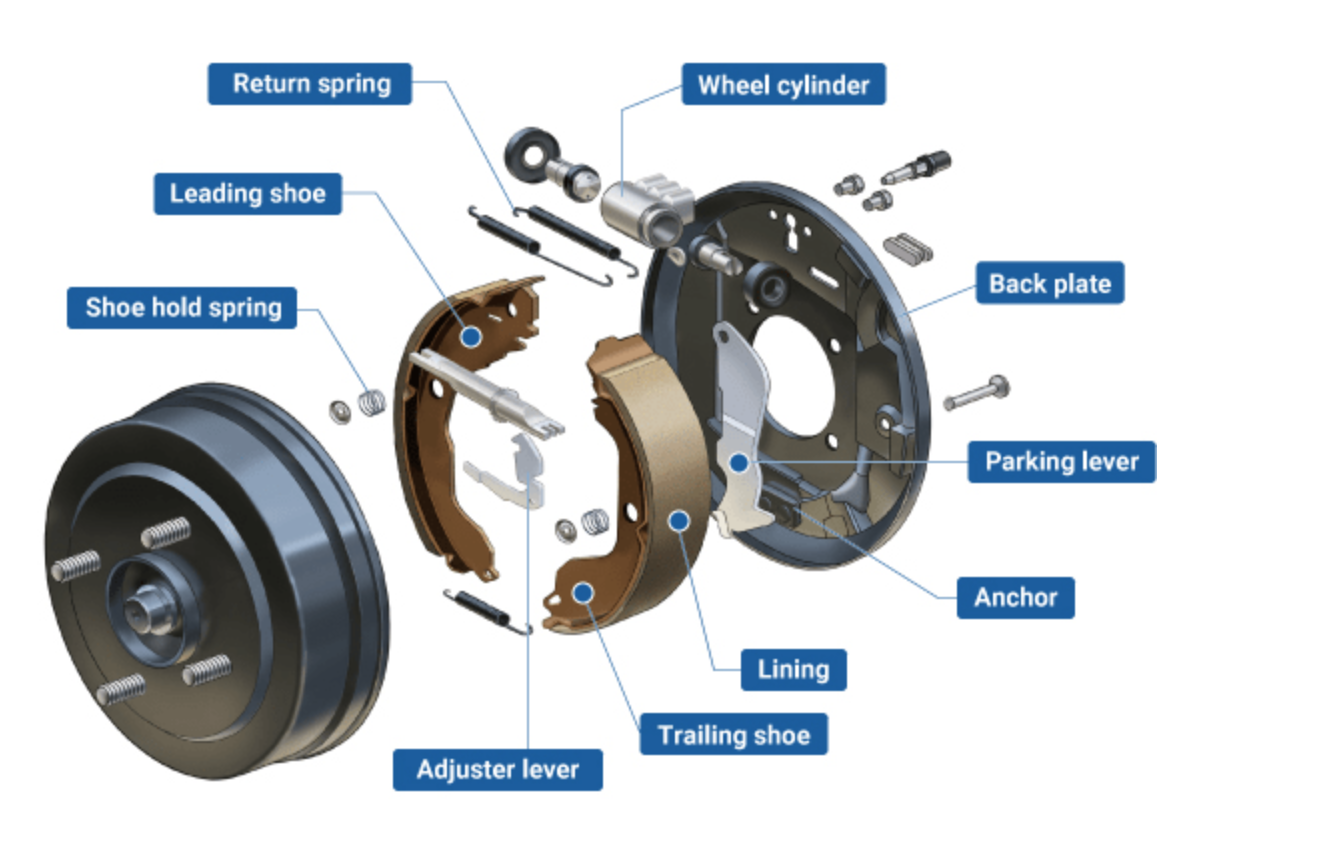
Overland Tech and Travel
Advice from the world's
most experienced overlanders
tests, reviews, opinion, and more
The ARB Pure View 800 flashlight . . . up to standard?
Anyone who has read my equipment reviews over the last 15 years knows I’m a loyal fan of the ARB line of products. My FJ40 Land Cruiser has worn Old Man Emu suspension and IPF driving lamps for at least a couple of decades, and more lately has an ARB locking rear diff and High Output compressor, plus a branded fridge—and I replaced the IPF lamps with ARB’s superb Intensity LED units. Our Tacoma has an ARB winch bumper and rear diff. The Land Cruiser Troopy we recently shipped to the U.S. from Africa is fairly bristling with ARB equipment, from the front bumper and Intensity driving lamps to the ARB Twin compressor and more.
Rather incredibly—or perhaps not—not a single one of those items has ever failed.
Even though I’m lucky enough to have been sponsored for much of this later equipment, my respect for ARB’s products came about through a straight retail relationship. The first OME suspension I installed on the FJ40 cost significantly more than those offered by other makers, but the company’s reputation convinced me it would be worth the extra cash, and that indeed proved to be the case, as it was with the then-state-of-the-art halogen IPF lamps. Every ARB product since has thoroughly proved its value-for-money to me before I recommended it to others. Still, someone who simply chanced on all our vehicles lined up could be excused for thinking I’m a secretly paid shill for the company.
Now, however, I have in front of me the new ARB Pure View 800 flashlight, which I’ve been using for a month or so. And for the first time, my reaction to an ARB product is basically a shrug of the shoulders. Not that it is by any means a bad flashlight; it simply breaks no real new ground and includes no genuinely outstanding features (well, one, which I’ll get to).
The 800 refers to the flashlight’s maximum output of 800 lumens—an astounding figure just five years ago, but today merely good (and no doubt accurate—many of the claims you see for cheap internet flashlights are wildly exaggerated). The pattern is just about perfect—a penetrating central spot with an even cone of more diffuse illumination surrounding it. Clicking (or half-pressing) the large rear “tactical” switch again gets you a 400-lumen beam, another step goes to 200, and another to a strobe. Running time is claimed, in order, as “up to” 1.5, 4, 7, and 24 hours (although why one would want to leave a strobe on for 24 hours is beyond me). These strike me as no more than ordinary run times despite the chunky body of the Pure View and its lithium-ion battery. But at least it’s rechargeable.
I also have an issue with the circuitry in the switch. When you turn the light off for more than a few seconds, it reverts to the highest setting rather than staying where you left it. So if you turn it off on low in your tent before going to sleep, then turn it on in the middle of the night for a toilet excursion, you and any tent-mate will be blinded by the 800-lumen beam. I’d rather have the option of choosing my own setting. Additionally, I do not recall ever using a strobe function on any of the three thousand flashlights my wife claims I have owned (it’s no more than two thousand). I would have much preferred a 10 or 15-lumen low beam suitable for reading or walking around, one that would have then had a run time measured in hundreds of hours. The 200-lumen “low” setting is far too bright for reading or looking at a map, or even most camp chores.
The Pure View charges via a micro-USB port cleverly hidden behind a rotating collar, which keeps it dust-free and dispenses with the usual rubber plug that inevitably breaks. Nice. However, when charging you must remember to turn on the flashlight before plugging it in, at which point the lamp goes off and a red “charging” light surrounds the charging port until a green “charged” light replaces it. If you forget to turn on the light, you’ll get a false green “charged” light but the light will not in fact be either charged or charging. Charging time is slow—four to five hours, limited by the capacity of the micro USB—yet ARB warns not to exceed six, so you should not simply leave the light plugged in overnight to charge. Incidentally, that outstanding feature I mentioned? It’s the included charging cord—a red-and-black fabric-wrapped cable of superb sturdiness and style. I’m actually considering ordering spares for my other micro-USB appliances. (The included belt holster is also excellent.)
Just as I was becoming concerned that I might be being too hard on the Pure View, I was walking along with it dangling by the lanyard when one end of the lanyard pulled free of its plug and the flashlight whacked to the ground (with no damage). But really?
Don’t get me wrong—the Pure View is a fine flashlight I’ll be happy to keep around. And—importantly—it’s priced very competitively at $57, with a two-year warranty (one year on the battery). But, unlike so many of ARB’s other products, it does not stand out from a crowded field. And until the company adds a true low-power setting (an easy modification, I suspect) I wouldn’t recommend it as one’s only all-around flashlight.
The hazards of touch-screen ubiquity
Have you ever read the results of some study that probably cost tens or hundreds of thousands of dollars to conduct, and thought, Someone paid money for this? Such as the one I read about some time ago, which showed that drivers of expensive cars were less likely to yield to pedestrians and bicyclists than drivers of older or cheaper cars. Wow, never could have figured that out on my own.
The latest is one run by the UK’s largest independent road-safety charity, IAM RoadSmart, which reveals that in-car touch-screen infotainment systems such Apple CarPlay and Android Auto drastically slow the reaction times of drivers. Stopping distances, lane control, and response to external stimuli all suffered even in comparison with texting.
Someone paid money for this?
Think back—those of you who can think back this far—to when the radio in your vehicle had two knobs and four or five manual station preset buttons. My FJ40 came with such a unit. To operate it I never had to take my eyes off the road. I could reach down and feel the on/off/volume knob, and tactilely count with a finger which station button I wanted to press.
Not so with the—rather ironically named when you think about it—touch screen. There is no way to tactilely determine where you are on a touch screen; you have to look at it. Combine that with the multiple functions and choices necessary to wade through and, well, as IAM RoadSmarts tests revealed, reaction times of tested drivers were worse than for those on cannabis and at the legal alcohol limit. Some drivers took their eyes off the road for as long as 16 seconds—that’s 500 yards at 70 miles per hour. Reaction times while choosing music through Spotify on Android Auto or Apple CarPlay were worse than for drivers who were texting.
It should be obvious by extrapolation that any operation controlled by touch screen—climate control, navigation, etc.—would have the same deleterious effect on reaction time. This, not any Luddite obtuseness, is why I strongly prefer mechanical controls for such accessories.
Incidentally, the same study showed that reaction times while using voice control for Android Auto and Apple CarPlay were also slower, albeit by not as much. Simply put, anything that takes your mind off driving is bad for your driving.
If you’d like to send me money for this revelatory post, email me for my Paypal address.
Once more, with feeling: Drum brakes are not "better off road."
It never fails to surprise me how persistent myths can be, even when there is an abundance of authoritative evidence to counter them.
A recent, otherwise informative and enjoyable article in a magazine I receive highlighted a classic four-wheel-drive vehicle from the 1960s. In describing the mechanicals, the writer noted that the brakes were drums on all four corners—still perfectly common in those years (my 1973 FJ40 came with all-drum brakes). While acknowledging this as outdated technology, the writer nevertheless went on to say (I’m paraphrasing), that drum brakes are less susceptible to loading up with debris off road, and that they stay cooler than disc brakes.
These claims are, respectively, badly misleading and utterly wrong.
The claim that drum brakes are less likely to load up with debris—for example mud during an excursion through a mucky hole—might seem logical on the surface, since a disc brake’s rotor is completely exposed to the elements and is immediately doused with whatever comes its way. It is more difficult for gunk to work its way past a drum-brake’s backing plate and get into the mechanism. (No less an entity than Toyota Motor Corporation co-opted this line to excuse its parsimonious decision to retain rear drum brakes in the current Tacoma.)
The problem is that, once that gunk does get into a drum brake’s internals—and it will—it stays there until you disassemble it and clean it out, a time-consuming chore. Ask me how I know. A disc brake might squeal initially as slush impacts against the pad and disc, but it will quickly wipe itself clean, and if there is anything left a quick powerwash will take care of it. Drum brake shoes ride farther away from their contact surface on the drum, allowing debris to be caught between them.
The other claim, that drum brakes stay cooler than disc brakes, blithely ignores basic physics. Stopping a moving vehicle requires converting its kinetic energy into thermal energy. Period. All brake systems, whether drums or discs, have to absorb and then dissipate the exact same amount of heat when stopping an equivalent vehicle from an equivalent speed. Period. And while drum brakes absorb heat just fine—my FJ40, which now has four-wheel-disc brakes, stops no shorter than when it had all drums the first time you do so—they are are significantly worse at dissipating the heat they have absorbed. On a long, winding downhill road towing the 21-foot sloop I owned at the time the 40 still had stock brakes, the pedal would get progressively softer and less effective as brake fluid boiled into gas at the system’s wheel cylinders, where the drum brakes were retaining huge amounts of heat. Converting to disc brakes solved the issue as their rotors, exposed to the air, more rapidly dumped that heat.
So, once more, with feeling: Drum brakes are not “better off road.”
Part Souq, an international resource for parts
Whenever possible I try to buy parts for our vehicles locally. For the newer ones this is generally no problem, but automobile dealers seem to be increasingly reluctant to stock parts for any model more than a few years old. And when you begin your conversation with the counter person with, “I have a 1973 . . .” he looks at you like you just stepped out of a time machine. (It would be fun to run with this some time, and as he’s looking futilely at his screen for spark plugs to fit a 46-year-old FJ40, say something like, “So, do you think Nixon will resign?”)
If parts for the 40 flummox the dealer, imagine the situation with a 1993 HZJ75 Troopy that was never even officially imported into the U.S. I don’t even try.
Fortunately there are several specialty Land Cruiser shops around the country that carry at least the commonly needed items for 70-Series Land Cruisers, and a few have surprisingly extensive inventories. In part this is due to the happy fact of a model that has changed very little over its 35-year history. Cruiser Outfitters and cruiserparts.net are good sources.
However, even these enthusiast outlets can’t carry everything. And supposing you’re looking for something really arcane—like say, a Toyota factory floor mat in “sable,” the brown that is our interior color?
Some time ago I was introduced to an online parts source called PartSouq.com—“souq” being the Arab term for a market. (Amazon, I understand, recently bought the English/Arabic-language E-commerce site souq.com; I have no idea if the two are related.) I called up the site, clicked on the Toyota section (the site lists 20 brands and claims 17 million parts in its database). A prompt asked me for the VIN of the Troopy, so I retrieved that, typed it in, hit enter—and was rewarded with a complete catalog of parts for a 1993 Toyota Land Cruiser HZJ75. Engine, transmission, chassis, electrical, body—it was all there, with diagrams. I went to the interior section, hovered over the floor mat part number, 58510B (when you do this, the list on the side scrolls automatically to the correct placement), and clicked on that. It showed four factory floor mats available, three in gray, one in sable. The sable mat was located in . . . Oman? Yep. “Ships in one day,” it said.
Needless to say, clicking “Buy now” on a $310 item located halfway around the world took a leap of faith. Only the rave reviews I’d read of the site gave me the courage to do so. Shipping was nearly a hundred dollars—hardly unexpected.
What was unexpected was finding the large box containing our new Toyota factory HZJ75 floor mat, in sable, at our commercial mail service four days later. The mat was perfect, and a welcome replacement for the sadly (and hazardously) chewed-up original.
So if you can buy your parts locally, please do so to support your nearby economy. But if you can’t find it close, and the factory made it, there’s a really good chance it will show up on a PartSouq.com search.
Curiously useful: the offset box wrench
I never owned a set of offset box wrenches until last year. The configuration always seemed like something that could be duplicated by other tools—a standard combination wrench, even a ratchet and socket. It seemed like a solution to a problem that didn’t exist—even though I had noticed them in the tool chests of several professional mechanic friends.
But then I chanced across a beautiful German-made set from Stahlwille (say “stallvilla”) on sale online—and few things can make me reconsider the need for a tool faster than a discount price on German-made version of that tool. Since I had some birthday funds available from my wife, I ordered the set, which comprised eight tools that covered the broad and useful span of 7 to 22 mm. They were as beautiful in person as in the photos. I set them up on a wrench rack in my rolling chest and more or less forgot about them.
But over the past few months, a funny thing has happened. I’ve found more and more situations for which an offset box wrench was the perfect tool, indeed just a bit more convenient or secure than whatever I would have used before. Sometimes it was just nice to have the extra knuckle clearance provided by the offset design.
And twice already I’ve used one in circumstances where no other tool I owned would fit. The latest involved snugging the nylock nuts on the rear engine mounts on the FJ40, which had loosened a bit as the new motor mounts installed when the engine was rebuilt have compressed a tiny bit. The driver’s side bolt head is easily accessed on top of the mount, but the bottom 19mm nut is inside the boxed chassis rail, accessible only through an opening about three inches in diameter. That by itself might not have been a problem, but I have a header on my engine, and the exhaust runs very close to that hole.
I tried a socket and ratchet. No go. Short extension on it? Nope. Just a breaker bar on the socket? Close, but not quite. Standard combination wrench? Uh uh.
Hmm . . . I grabbed the 17/19mm offset box wrench, angled it into the hole above the exhaust, and bink. It snapped right on.
So my who-needs-them? offset box wrenches have become some of my favorite tools. Of course you really don’t need the über German versions—unless you’ve got some birthday cash on hand.
Just in case, Stahlwille is available here.
A serendipitous funnel hack
Okay, I might be the last person on earth to discover this, but . . .
I went out to change the oil on our Troopy this morning, and discovered that somehow all my funnels had ended up at Ravenrock, our desert place . . . 40 miles away. No problem: I had an empty gallon bottle of windshield washer fluid, so I cut off the bottom to make an impromptu funnel.
And, lo and behold, when I inserted it into the fill port of the Troopy it engaged more or less perfectly with the threads. I was able to screw it in and employ both hands to control the oil pour. Plus, when I was finished I screwed the cap back on the bottom of my new “funnel,” so the residual oil wouldn’t seep out into the box where it’s stored.
I’m curious how many vehicles this would work on. Going to try the rest of ours . . .
The $50 MV50 air compressor. Yay or nay?
The ubiquitous MV50 air compressor, which is sold under a dozen different brands as near as I can tell, is not one I usually recommend. When they work, they work okay—not nearly as well as a truly high-quality compressor from Viair or ARB or Extreme Outback, but okay. Certainly the MV50 is a far better choice than those $29 plastic-bodied units with built-in flashlights that plug into the cigarette lighter. The MV50 has a metal body, and connects directly to the vehicle’s battery, which allows it to draw half-way decent amperage and thus put out halfway decent volume.
The problem with the MV 50s with which I’ve had experience has been consistency. Some owners have brilliant luck with them and wouldn’t use anything else; others have had them fail weeks into ownership. Yet so popular are they that you can easily find articles on hacking the unit for better reliability.
Recently I’ve been alerted to the MV50—in this case sold as a Masterflow Tsunami MF-1050—selling for under $50 on the Pep Boys eBay store (here at publication), with free shipping. At that price it’s a tempting bargain, even given the random instances of early failure.
I still urge those who ask me to spend til it hurts on their compressor, and I’ve never once had anyone come back and say he was sorry he bought an ARB Twin or an Extreme Outback ExtremeAir or even a Viair 400P. But if you really, really can’t afford that kind of money, at $50 the MV50 is a decent proposition—and way, way better than no compressor at all.
An odd winch bumper
I’m always on the lookout for inspiring—or horrifying—modifications and accessories on the four-wheel-drive vehicles I spot anywhere in the world. But this curious example was right here in Tucson.
I’ve written many times about the critical need to have visual and tactile access to the winch drum, and if this Jeep actually had a winch mounted to the bumper the operator would certainly have that access. But the plate securing the roller fairlead stumps me. For the life of me I cannot figure out the point of having it angled the way it is. The best wild guess I could come up with is that it vaguely mimics the look of the “stingers” so popular in a certain segment of the 4x4 community; however, it certainly wouldn’t function as one, and looks to me like it would hamper the function of the fairlead.
With no winch mounted it’s difficult to be certain, but it appears the winch line would skim the bottom of the cutout for the fairlead very closely indeed when the drum was full. Since the side rollers are angled, a side pull would result in the line partially dragging on the roller, reducing its effectiveness—a minor flaw to be sure, since given a hawse fairlead the line drags all the time. However, on a steep uphill pull (a common winching scenario) with a side pull factor thrown in, the line would be at a very steep angle near the top of the side roller.
Finally, on a general note: While I’m no welding expert, the bead along the winch plate and fairlead plate is really sloppy, and looks as though it might be lacking adequate penetration as well.
An odd winch bumper, to be sure.
Hint: When using “Search,” if nothing comes up, reload the page, this usually works. Also, our “Comment” button is on strike thanks to Squarespace, which is proving to be difficult to use! Please email me with comments!
Overland Tech & Travel brings you in-depth overland equipment tests, reviews, news, travel tips, & stories from the best overlanding experts on the planet. Follow or subscribe (below) to keep up to date.
Have a question for Jonathan? Send him an email [click here].
SUBSCRIBE
CLICK HERE to subscribe to Jonathan’s email list; we send once or twice a month, usually Sunday morning for your weekend reading pleasure.
Overland Tech and Travel is curated by Jonathan Hanson, co-founder and former co-owner of the Overland Expo. Jonathan segued from a misspent youth almost directly into a misspent adulthood, cleverly sidestepping any chance of a normal career track or a secure retirement by becoming a freelance writer, working for Outside, National Geographic Adventure, and nearly two dozen other publications. He co-founded Overland Journal in 2007 and was its executive editor until 2011, when he left and sold his shares in the company. His travels encompass explorations on land and sea on six continents, by foot, bicycle, sea kayak, motorcycle, and four-wheel-drive vehicle. He has published a dozen books, several with his wife, Roseann Hanson, gaining several obscure non-cash awards along the way, and is the co-author of the fourth edition of Tom Sheppard's overlanding bible, the Vehicle-dependent Expedition Guide.


